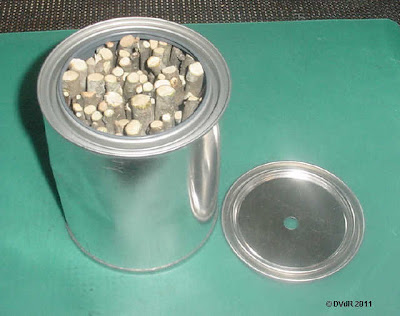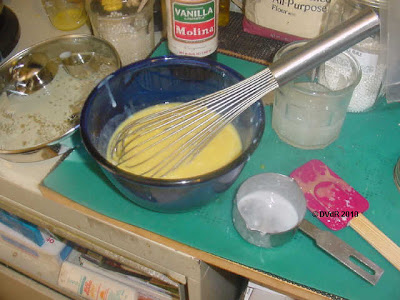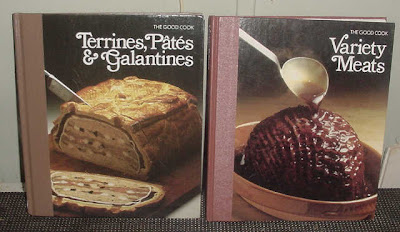I'm in the planning stages for making a variety of cheeses, and getting my list together of ingredients like starter cultures, aroma-producing bacterial and yeast additives, colorings, and even some ash used in a goat cheese like Humboldt Fog. (Who could resist a name like that?) Ash is basically activated charcoal, and easy to make at home in a semi-retort. One less thing to buy!
In the chemical industry, a
retort is an airtight vessel in which substances are heated for a chemical reaction producing gaseous products to be collected in a collection vessel or for further processing. A retort is also used to make charcoal to burn in a small forge. I have a homemade retort for making charcoal, which I inoculate and use as biochar for my garden. However, it is a 30 gallon drum inside a 55 gallon drum... far too large for making ash for cheese, and I really does not capture the gases to use as fuel for the burn in process. (That type of process is described
here.)
What I want for making food-grade ash is a miniature retort-style container that will drive off the gases and totally char the wood inside. Then I can grind the char into a powder via a spare coffee grinder for later use in my cheese.
I bought a new, clean paint can, quart-size. (I may need to upgrade to a gallon size after I see how this works.)
The wood of choice for this type of ash is a fruit or nut wood or grape vines, and I had some branches available from pruning an apple tree. They do not have to be totally dry although that is best; green wood cuttings just have a higher moisture content that will still be driven off, just requiring more time and fuel for the fire itself. The retort needs to be stacked as tightly as possible to eliminate a lot of oxygen (which creates pressure inside the can when heated) from the get-go. Then the lid needs a small hole to let the heated gases escape (and prevent the can from blowing up!). I made a 3/8" hole, which may be too large, but I won't know until I try it.
Now it's prepared for the next time I build a fire, when I will put the tightly closed can on the fire/logs/coals so that I can watch the vent. When the can contents get red hot, the vent hole will start to smoke, and soon the smoke will turn to white. The water content will start to be driven off at 212ºF, and the wood will start to char at around 500ºF. After some time, maybe an hour or more depending on the temp of the fire and the moisture content inside the can, the white smoke will stop entirely, indicating all the volatile gases have been driven off.
The next step after you think the wood had charred sufficiently, is remove the can from the fire with fireplace gloves or tongs and set on a fireproof surface to cool at least 24 hours. Now it should be ready to crush and grind to a powder.
Later: I finally 'fired' the can of twigs, with only moderate success. Here just above you can see the fine smoke beginning to trail out of the hole in the can lid.
I apparently did not have either a hot-enough fire, or too small a fire... the twigs charred appropriately on the bottom, but not all the way up to the top, even though I left them on the burning briquettes and embers overnight.
Now that I'm thinking about that particular fire, I remember I used briquettes from the same bag last fall for my first cold smoking, and they produced only a very short-lasting heat. When the briquettes became covered with ash, they cooled considerably. To fully char these apple twigs, I'll apparently need build a hot wood fire to char the apple twigs.
If all else fails, I can always buy ash, but I'm NOT giving up yet!











































